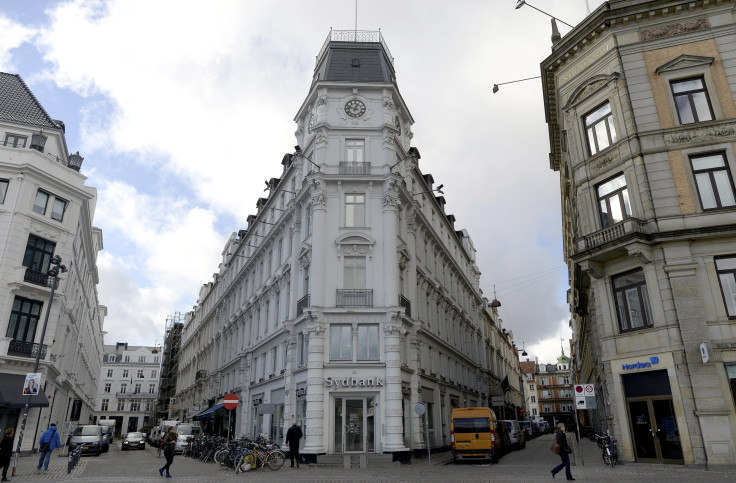Denmark’s Economic Outlook: A Slow Recovery From 2008 Housing Bubble

After stagnating for four years, there are tentative signs that Denmark is finally dragging itself out of its long slump. Danish households have begun paying down their large debt burdens, exporters have become more competitive and banks are now on a stronger footing, according to Capital Economics’ James Howat.
The Danish economy has spent half the period since 2008 contracting, with real gross domestic product basically remaining stagnant over the last three years. Although this is better than the euro zone periphery’s performance, Denmark has lagged core euro zone economies like France and Germany. And it has fallen far behind its Nordic neighbors. Swedish GDP is now 4 percent above its pre-crisis level, while the Danish economy has shrunk by more than 5 percent over the period.
Denmark’s $320 billion economy is trying to emerge from a burst housing bubble, which triggered a banking crisis and wiped out more than a dozen lenders since 2008.
Household debt ballooned from 171 percent of disposable income in 1995 to 319 percent in 2009 -- the highest ratio in the world – as interest-only mortgages gained popularity.
This surge in borrowing helped push home prices higher by around 10 percent a year from the mid-'90s, picking up to 30 percent at the peak of the boom in 2006. By 2007, the house price-to-income ratio was 60 percent above its long-term average, according to Howat. By comparison, the Spanish ratio peaked at only 50 percent above its long-term average. All this also sparked a construction boom, with residential investment doubling to 7 percent of GDP in the decade to 2006.
“On the back of this housing bubble, as well as aggressive foreign expansion, the Danish banking sector became dangerously overstretched,” Howat said. Bank assets rose from around 250 percent of GDP in 2000 to nearly 500 percent at their pre-crisis peak.
Denmark’s economic weakness has been fairly broad-based. Export and consumption growth has been mediocre, while investment has collapsed. The euro zone crisis – the region buys 40 percent of Danish exports – dampened demand for exports. And Denmark also struggled to regain competitiveness that was eroded during the boom years, when wages rose much faster than productivity.
The good news is that the Danish economy is finally showing signs of life. Danish GDP rose by a healthy 0.6 percent in the second quarter. Meanwhile, the improved outlook for the euro zone has helped buoy sentiment.
The government-backed Economic Council said last month that it expects Denmark’s economy to grow 0.2 percent this year after contracting 0.4 percent in 2012.
Households have already strengthened their financial position somewhat, reducing their debt from a peak of 313 percent of disposable income to 296 percent in the second quarter. The house price-to-income ratio has seen a healthy correction from a peak of 156 percent of its long-term average to 109 percent.
“But there are also reasons to doubt the durability of the recovery,” Howat said. “Household debt is still high by both historical and international standards, while Danish exporters still look uncompetitive on several measures.”
“Given that these adjustments have further to run, the Danish economy will still lag its Nordic peers for a while yet,” Howat said, adding that the Danish economy would probably be only 16 percent larger by 2015 than it was at the dawn of the euro in 1999, but expects its Nordic neighbors to have expanded by around 50 percent over that period.
© Copyright IBTimes 2024. All rights reserved.






















